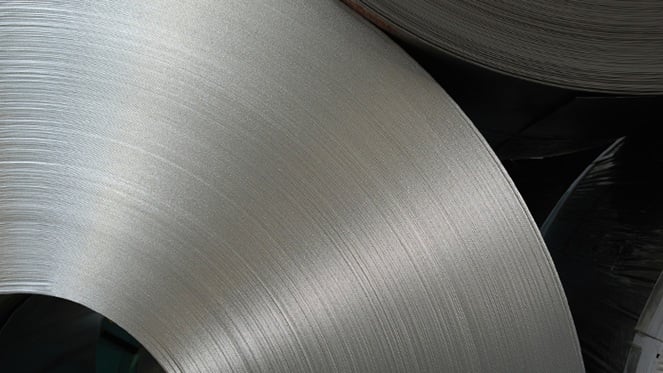As the world’s largest producer of steel, China exerts a large influence on the steel raw materials markets.
In recent years, China has significantly reduced scrap imports, favouring the use of hot metal/EAF and as it becomes more self sufficient; trends we forecast to continue. Already, imports account for less than 1.5% of China’s demand for scrap in steelmaking (see chart).
Looking ahead, two factors could drive a substantial increase in China’s demand for scrap: consumption rates and EAF share of production. China currently uses a low level of scrap in both BOF and EAF-based steelmaking, and increase to these consumption rates could lift scrap demand significantly. Should China shift to a more EAF-heavy steel production sector, this will lift demand for scrap in the country significantly.
This will help to capture some of the significant increases is scrap supply in the coming years, though an excess will remain. However, we do not expect China to become a significant net exporter in the medium term.
We estimate obsolete scrap availability within a country from historical finished steel consumption, netting out assumptions for home and prompt scrap. This is adjusted for leakage (losses to export and steel never recovered), performance of steel consuming sectors, such as construction, and the average lifespan of the steel containing product. The estimate of scrap availability, what we call the scrap fund, indicates the potential volume of scrap that could be collected. However, not all of this scrap will actually be collected, and therefore understanding the factors behind the collection rate, which include economic conditions of the period being considered, are very important in understanding a country’s reliance on domestically generated scrap. In other words, availability is only one factor, the economics of collection and processing also matter.
In the medium term, we do not forecast that scrap generation will rise sharply due to the rapidly rising scrap fund because of limitations in both demand and collection. Firstly, demand growth will be limited because EAF capacity growth is hindered by high energy costs, and the already significant excess of steelmaking capacity in China. Scrap demand is further hindered by an excess of blast furnace capacity, meaning steelmakers will continue to favour hot metal over scrap in order to maintain utilisation of these assets. Secondly, we forecast that construction growth, and consequently demolition, will slow in the near term. This increases the cost of scrap collection from construction, a significant source of obsolete scrap – though not the only source. While the availability from end-of-life machinery, infrastructure, and transport equipment has the potential to rise rapidly, low scrap prices mean that leakage in the form of exports or extended life spans may limit supply.
Toward the end of our five-year medium term forecast period, we expect that scrap usage rates will increase because of greater scrap availability, shifting environmental policy and controls in China, and closures of blast furnace capacity improving the utilisation of remaining facilities. Additionally, construction will begin to pick up, along with other sectors, improving the economics of scrap collection as replacement cycles shorten. Looking further ahead, is it not until well into the 2020s that we forecast EAF capacity and production to grow significantly, though before this increasing BOF-based consumption rates will lift scrap demand.
Despite demand being weaker than growth in supply (the scrap fund) throughout much of our forecast period, we do not expect China to become a significant scrap exporter in the near future. There are several barriers in place which prevent this from being likely; including a 40% export tax currently in place on ferrous scrap. Furthermore, there is currently a lack of a functioning collection infrastructure and we see this as unlikely to improve while international scrap prices remain so low.
Overall, we expect both demand and supply factors to hinder the generation of scrap in China in the medium term. In the longer term, once steelmaking capacity is further rationalised, political, environmental, and cost factors, will drive increased scrap consumption and generation. This increased usage of scrap will be supported by a wealth of available scrap for collection, and economic conditions that will make collection of scrap cost effective.

















